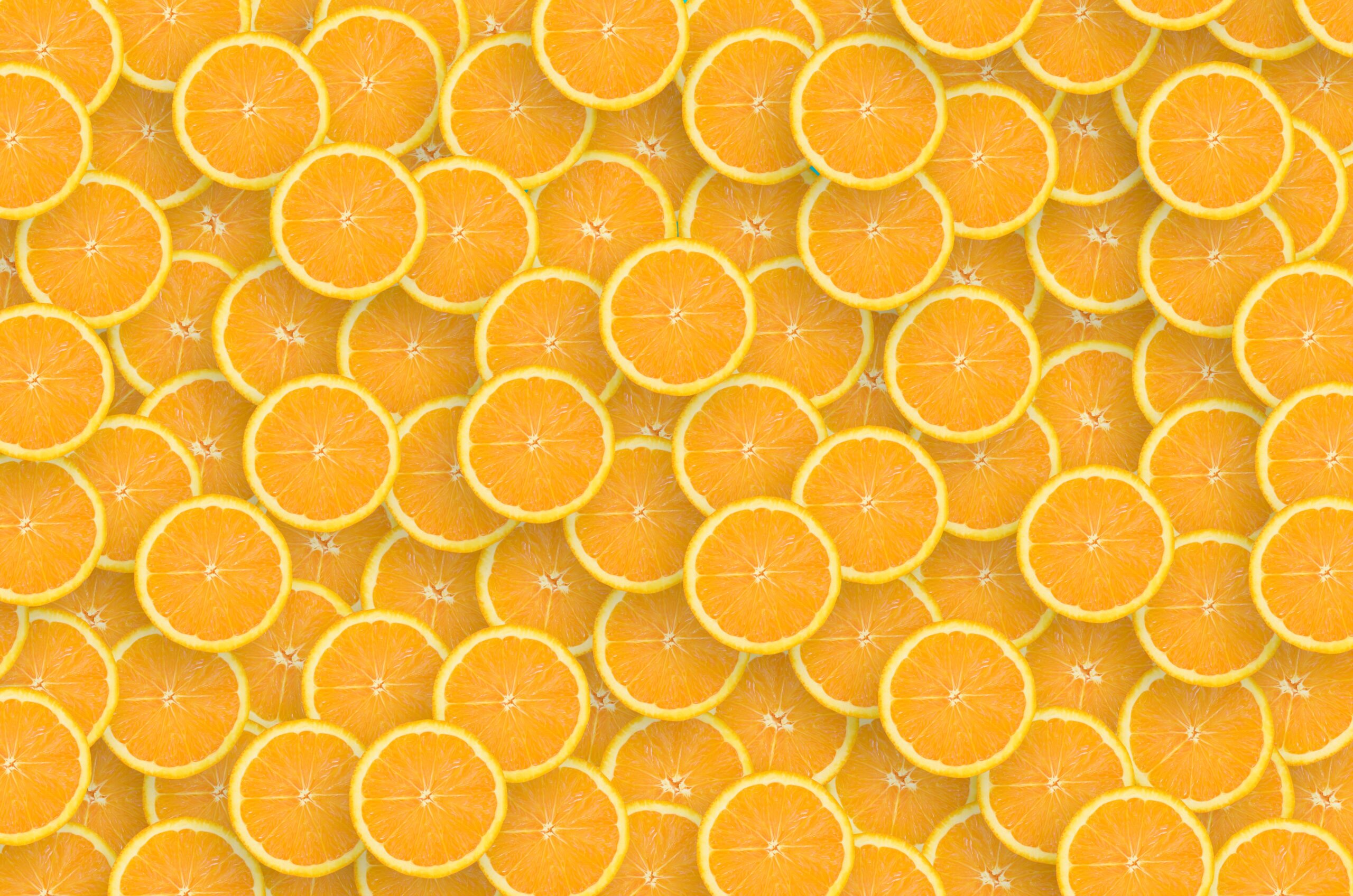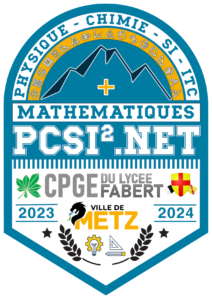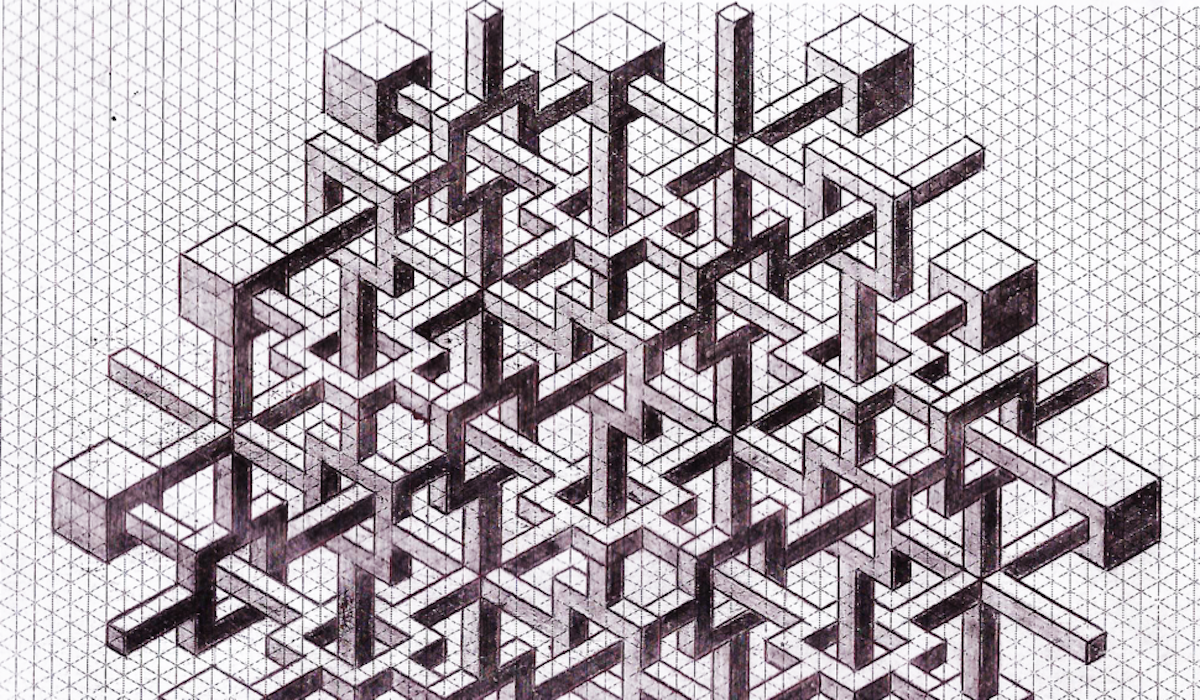
Savoir faire : rédiger une récurrence. Choix d'une récurrence simple, double ou forte.
Exercice :
On considère la suite \(\left(a_n\right)_{n \in \mathbb{N}}\) définie par
\[
\left\{\begin{array}{l}
a_0=a_1=1 \\
\forall n \in \mathbb{N}^*, a_{n+1}=a_n+\frac{2}{n+1} a_{n-1} .
\end{array}\right.
\]
Démontrer que pour tout \(n \in \mathbb{N}^*, 1 \leqslant a_n \leqslant n^2\).
On va faire une démonstration par récurrence double, car on remarque dès la première lecture de l’énoncé que pour tout \(n\in\mathbb{N}\), le calcul de \(a_{n+2}\) nécessite la connaissance des 2 termes précédents de la suite \(a\) c’est-à-dire \(a_{n+1}\) et \(a_{n}\) !





